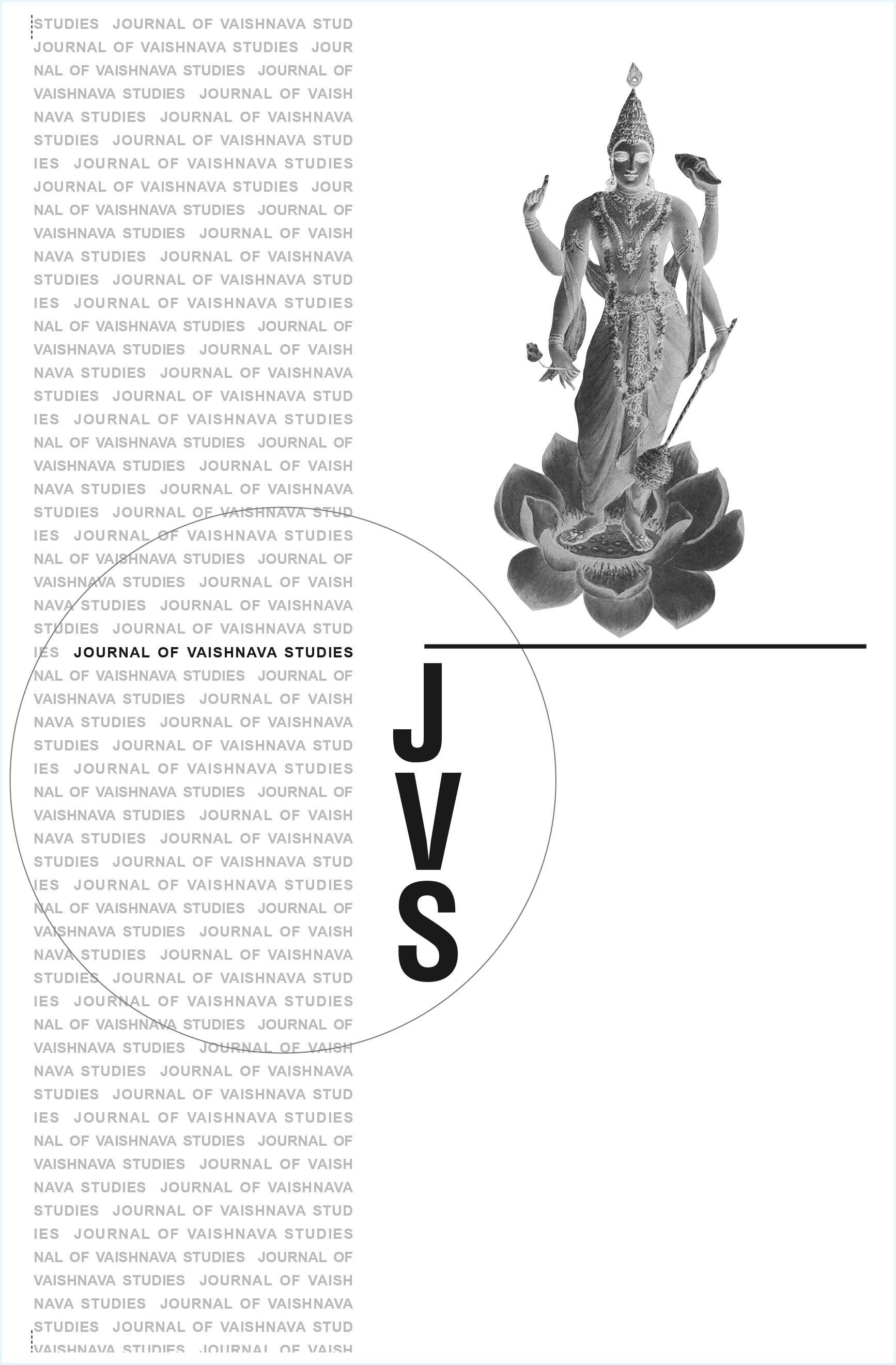The Paramparā Institution in Gauḍīya Vaiṣṇavism
Keywords:
Parampara, Gauḍīya Vaiṣṇavism, ISKCON, Succession, Guru, Bhaktivedanta Swami Prabhupada, Bhaktisiddhanta Sarasvati, Ritvik-vada, Śikṣā-sampradāya, Dīkṣā, GBC, Religious MovementAbstract
The article by Jan Brzezinski examines the parampara (disciplic succession) institution within Gauḍīya Vaiṣṇavism, particularly focusing on issues of succession and organizational cohesion following the death of charismatic leaders. It uses the International Society for Krishna Consciousness (ISKCON) after A.C. Bhaktivedanta Swami Prabhupada's demise as a primary case study, contrasting the initial centrifugal forces of individual guruship with the eventual consolidation of institutional authority by the Governing Body Commission (GBC). The article delves into internal debates within ISKCON, such as the ritvik-vada (monitor guru doctrine), and explores the historical origins and theological implications of the śikṣā-sampradāya (instructional lineage) concept introduced by Bhaktisiddhanta Sarasvati, Prabhupada's guru, which departed from traditional initiation-based successions. It highlights how these controversies led to a deeper intellectual ferment within the movement and influenced the understanding of spiritual authority and devotional practice, ultimately impacting the relationship between individual gurus and the collective organization.Published
1996-10-20
Issue
Section
Articles





